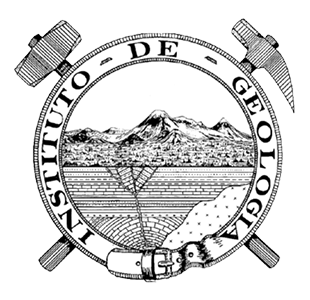Abstract
In the Caborca–Altar area of northwest Sonora, variably deformed and metamorphosed sedimentary and volcanic rocks crop out in a northwest-southeast–trending belt (El Batamote belt) at least 70 km long. We obtained detrital zircon U-Pb ages from two distinctive components of the belt near Altar, here termed the Altar complex and Carnero complex. Zircon ages for metasandstone and metaconglomerate matrix from the Altar complex indicate a Late Cretaceous maximum age of sedimentation, with at least part of the complex no older than 77.5 ± 2.5 (2σ). Pre-Cretaceous detrital zircons in the complex were derived largely from local sources, including Proterozoic basement, the Neoproterozoic–Cambrian miogeocline and the Jurassic arc. The detrital zircon ages and lithologic character of the Altar complex suggest correlation with the Escalante Formation, the uppermost unit of the Upper Cretaceous El Chanate Group. In contrast, one sample from the Carnero complex yielded a Middle Jurassic maximum depositional age and a detrital zircon age distribution like that of the Jurassic eolianites of the North American Cordillera. The Carnero complex may correlate with the Middle Jurassic Rancho San Martín Formation but could also be a metamorphosed equivalent of the Upper Jurassic Cucurpe Formation, Upper Jurassic to Lower Cretaceous Bisbee Group, or El Chanate Group derived by recycling of Jurassic erg sandstones. The Late Cretaceous age for the Altar complex protolith contradicts models that relate deposition of the entire El Batamote protolith to a basin formed by oblique slip along the Late Jurassic Mojave-Sonora megashear. Instead, the belt is best explained as an assemblage of Middle Jurassic to Upper Cretaceous formations deformed and locally metamorphosed beneath a northeast-directed Laramide thrust complex. Potassium-argon and 40Ar/39Ar ages confirm previous inferences that deformation of El Batamote belt occurred between the Late Cretaceous and late Eocene. A second phase of deformation, involving low-angle normal faults, occurred during and/or after intrusion of the ~22-21 Ma Rancho Herradura granodiorite.

This work is licensed under a Creative Commons Attribution 4.0 International License.












